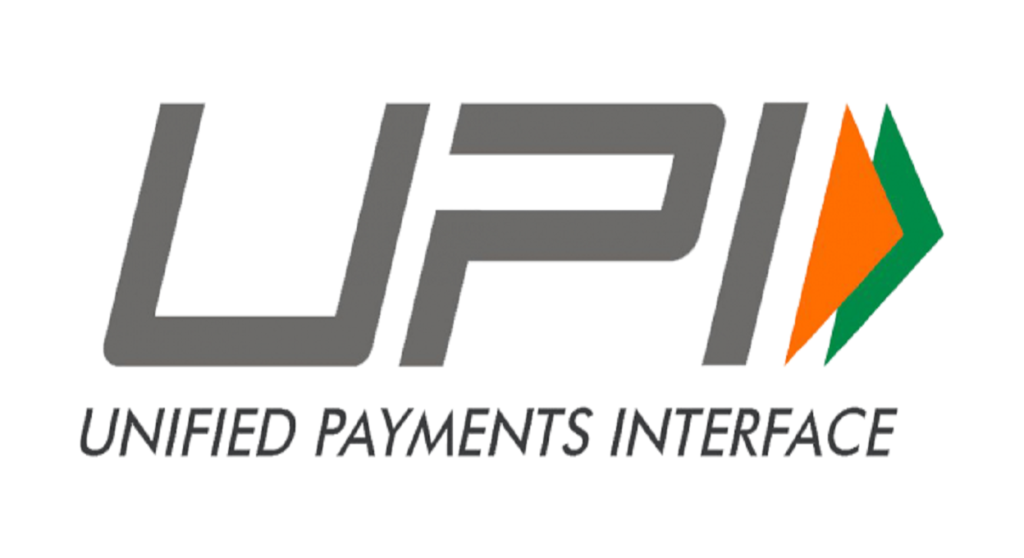There are more than 15 third-party apps registered with the National Payments Corporation of India(NCPI). UPI is an acronym of Unified Payments Interface and is a mobile application-based real-time payment system developed by the National Payments Corporation of India. Through the UPI app, multiple bank accounts linked with a single mobile number can be merged into a single UPI account.
The first UPI was launched on 11th April 2016 by Dr. Raghuram G Rajan, Governor of RBI. Later the participating banks started to develop their own UPI app. This was a major step taken by Narendra Modi Government to support the Digital India campaign.
Features of UPI Apps –
- A single mobile application for safely accessing multiple bank accounts.
- Real-time money transfer with zero payment gateway charge.
- Check bank balance any time and any number of times.
- It works on all the days.
- Supports real-time money transfer from rupees 1 to one lakh per day(but per day transfer limit also depends on banks).
- A unique virtual payment address(VPA) is created upon registration.
- A QR Code can be generated from the profile section to receive the payment.
- Payment can also be sent by scanning the QR code of the person or the merchant.
- Send money directly entering the VPA or mobile number link with the bank. Upon entering one of these credentials user name and photo will display for confirmation adding extra security. Now tick the bank account for the payment and enter the 4 digits or 6 digits UPI pin and the payment will be transferred instantly.
- Skip entering bank details for a real-time bank to bank payment.
- All transaction history including failed or pending transactions can be viewed in the app.
- It also supports merchant payment along with person-to-person payment.
- A person can also request payment by entering the VPA or registered mobile number.
- Amount debited for failed transactions is automatically credited within 7 days.
- The system warns if there is an issue with the bank server at the time of payment or the bank is facing high failure rates for transactions.
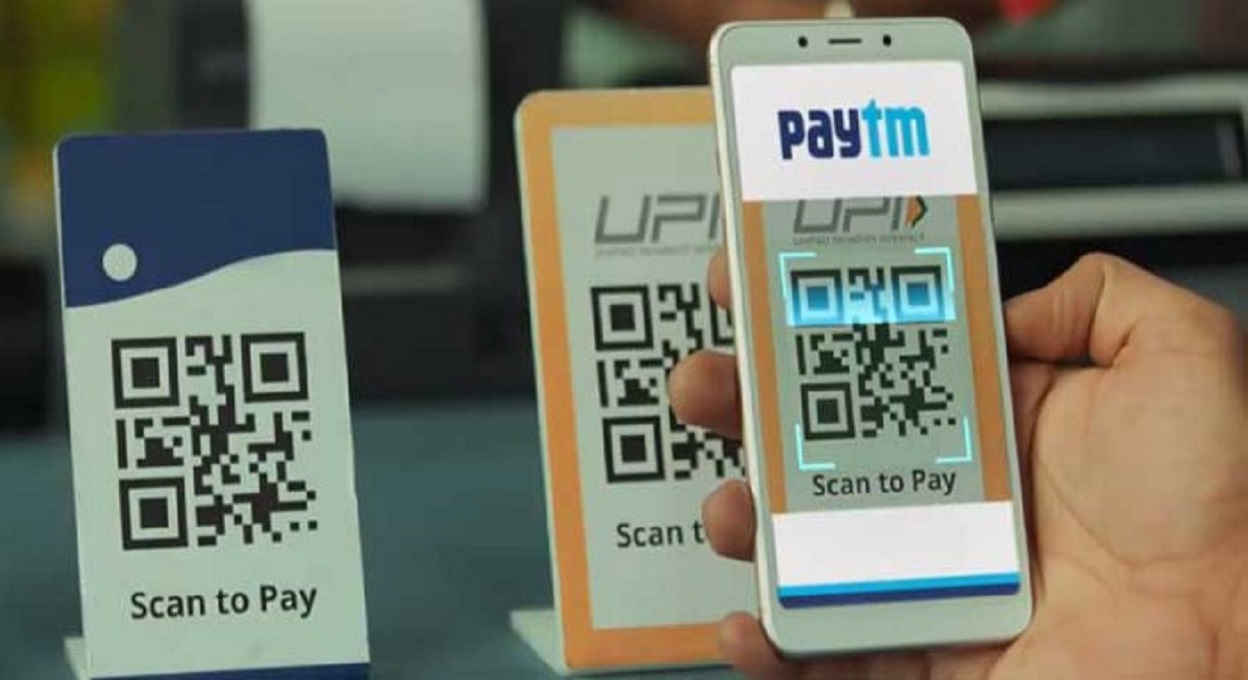
Benefits of using UPI Apps –
- Almost every bank have developed their own UPI app.
- UPI is one of the widely accepted payment systems in India since 2016.
- It’s very easy to use.
- Why carry money in your wallet, just pay at shops through your smartphone using UPI.
- It only works when the bank registered mobile number sim card is inserted into the smartphone.
- Third-party UPI apps reward you with cashback/coupons when you frequently transact through UPI.
- No payment gateway charge/service charge is involved, it’s absolutely free.
- If a payee is not registered on UPI payment can be transferred using bank details.
- Any complaint regarding transaction can be raised within the app.
Top 5 UPI Apps of 2020:
The year 2020 saw a decline in the business and commerce due to the lockdown. Most of the circulation of money was through online money transfer. In India among various modes of money transfer UPI was dominant, since its launch in 2016 with just 100.46 crore valuation in the month of November 2016, it has now reached to 4,31,181.89 crore valuation with 2302.73 mn volume of transaction in January 2021. The UPI payment mode is the most preferred payment mode in India due to its various features and competitive marketing by the various UPI based apps. Below are the top 5 UPI apps of 2020;
1. PhonePe
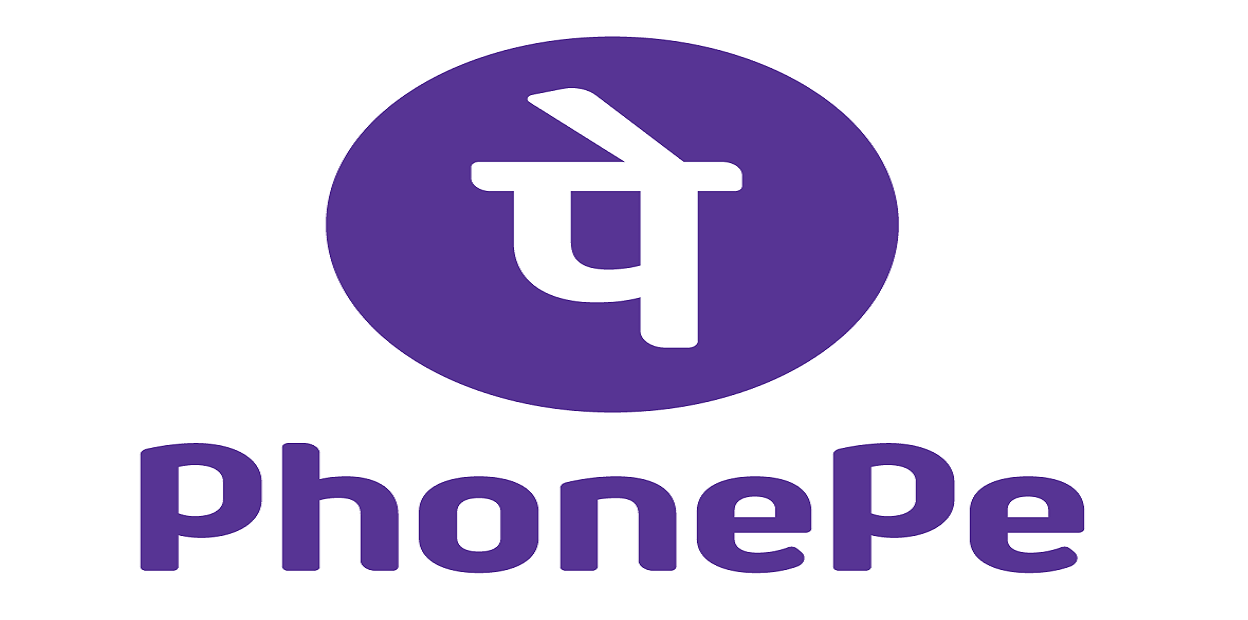
PhonePe was founded by Sameer Nigam, Rahul Chari and Burzin Engineer but in 2016 it was acquired by Flipkart and the app was launched. Soon in 2017 it became first UPI based app to cross 10 million app downloads. In 2018 it crossed 1 billion UPI transactions and integrated micro merchant apps within the apps. In 2019 again it breaks record with 2 billion UPI transactions. In early 2020 it comes with more products and services on its platform and more than 250 million users gets registered on PhonePe, the total transaction makes PhonePe hold the market share of 40% in UPI transactions. As of January 2021, PhonePe has 273 million registered users with 16 million registered merchanted across stores, apps, and websites in 500 cities in India.
2. Paytm
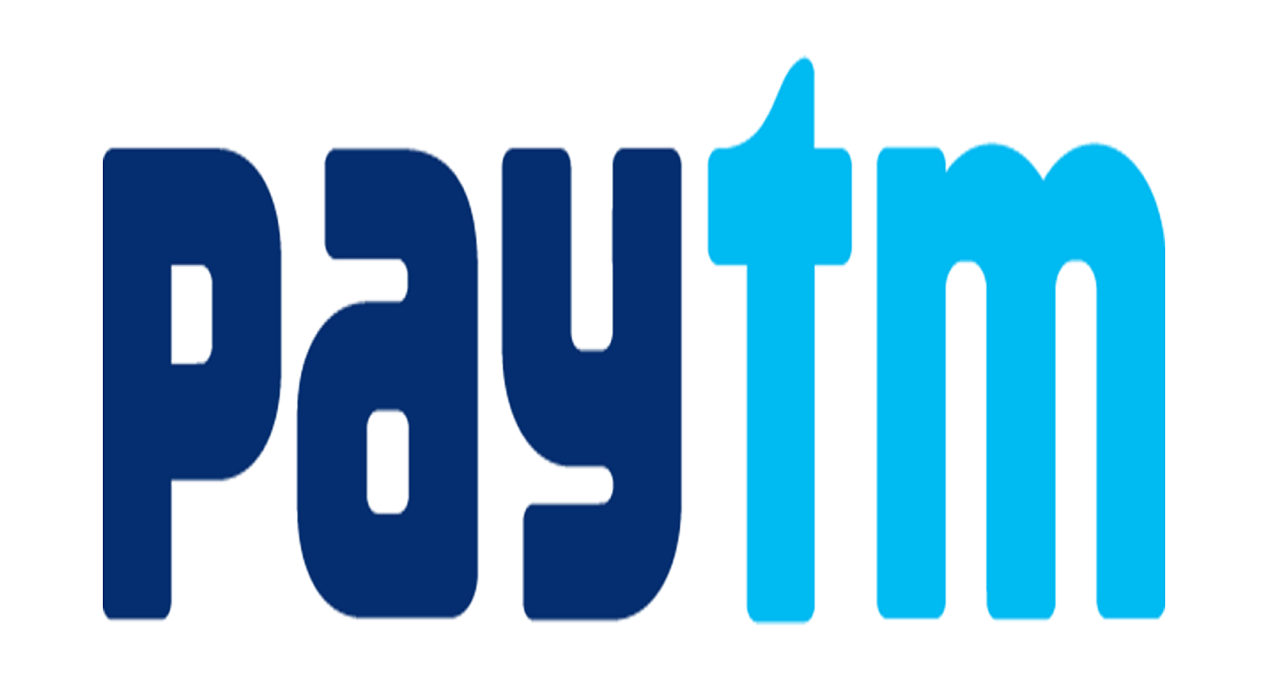
Paytm is also a leading UPI app in India which also offers numerous products and services ranging from recharge, bill payment to its own online shopping platform Paytm Mall. It also has its own wallet and virtual bank and claims to be the least in UPI merchant failure rate as low as 0.04%. Paytm UPI was launched on 7th November 2017, a year after the announcement of demonetization. In November 2020 Paytm recorded 245 million transactions.
3. GooglePay
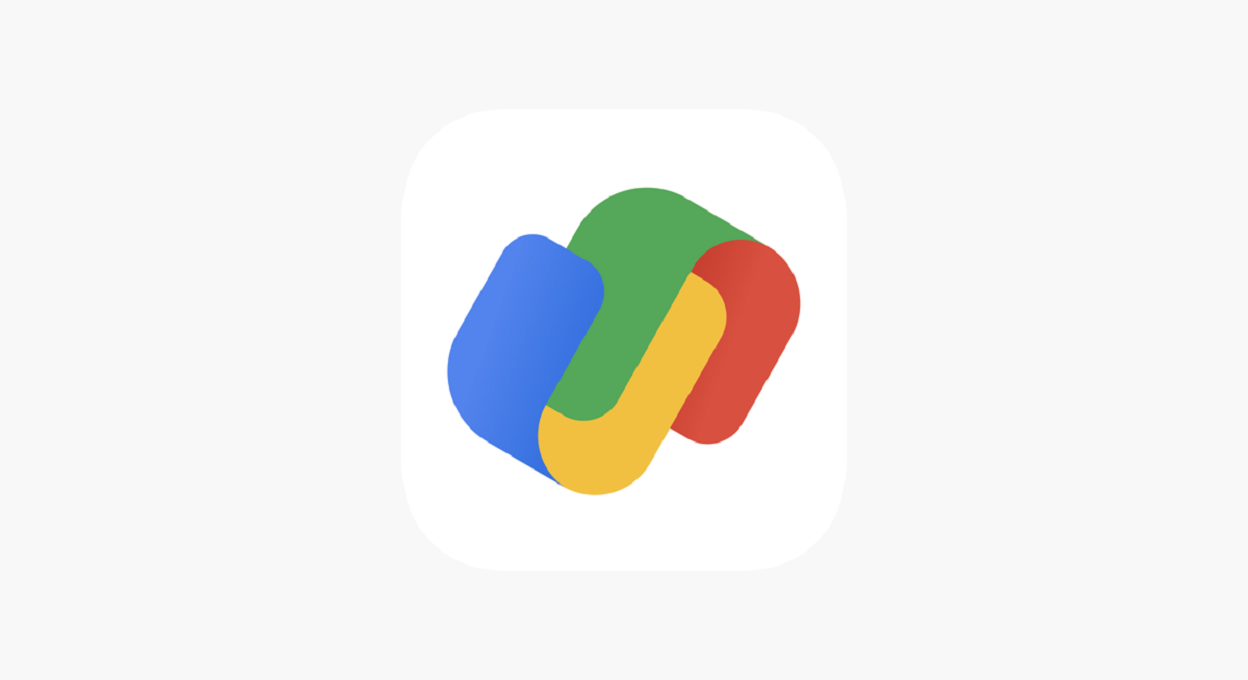
GooglePay which was earlier known as Tez was launched on August 17, 2017 in India. It also offers various products and services on its platform ranging from recharges, bill payments, online gold purchase and supports donations directly to NGO’s like Charities Aid Foundation, Give India, PM Cares Fund, SEEDS and United Way. In November 2020 Google Pay was the most used UPI app with 960 million transactions worth Rs 1.61 lakh crore.
4. BHIM UPI
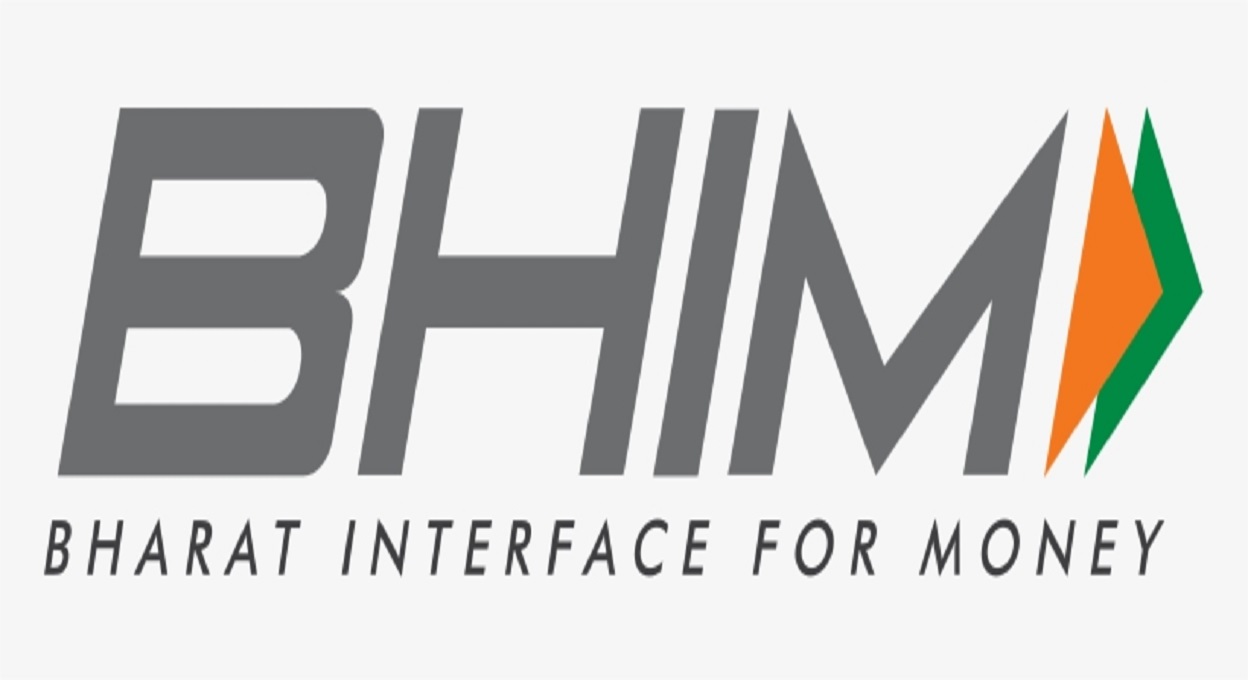
BHIM stands for Bharat Interface for Money is a UPI application developed and launched by National Payments Corporation of India (NCPI) in December 2016. It has partnered with 170 banks and more than 1200 merchants with various offers.
5. Amazon Pay
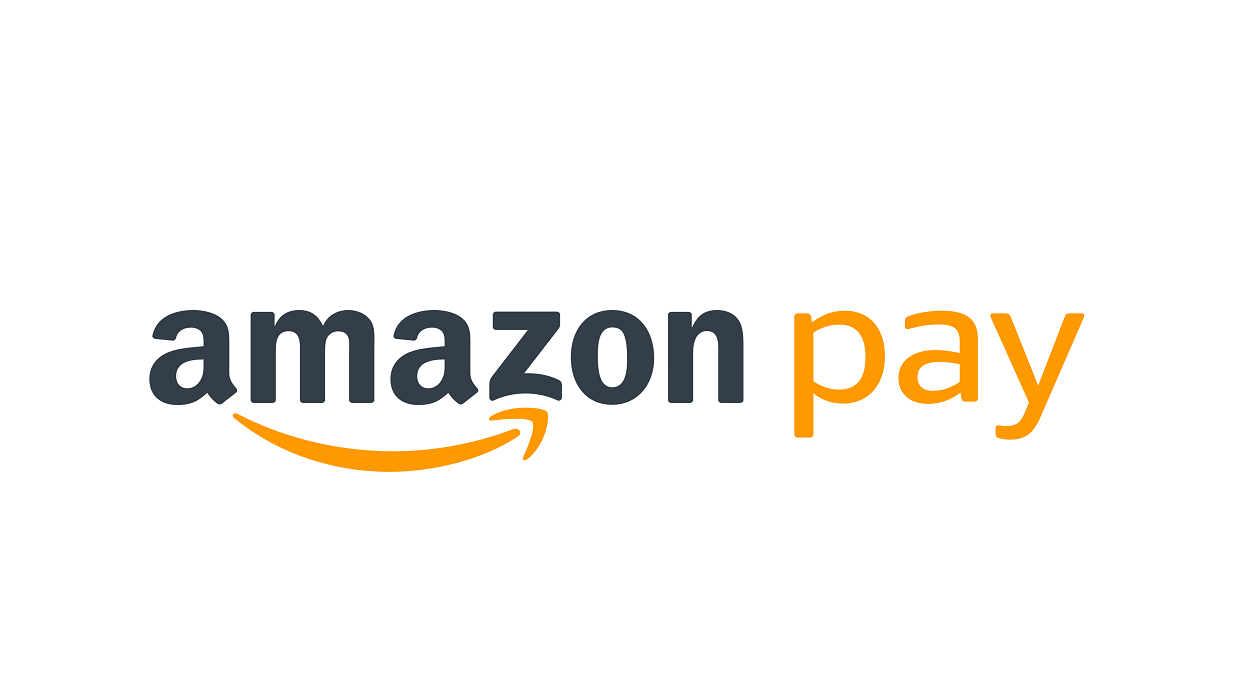
Amazon Pay is a subsidiary of Amazon that offers wide range of products and services. It was launched in February 2019, now Amazon Pay is emerging and is counted among the leading UPI based app.
Useful Glossary –
- Third-party app – a software application that is developed by someone other than the service provider
- Real-time – the actual time during the occurrence
- QR code – Known as quick response code that stores a lot of data that can be retrived by scanning through QR code scanner
- Payment gateway – A channel that transfers money from one account to another
- Valuation – The value of something in terms of price/cost
- Crore – Count equivalent to ten million

